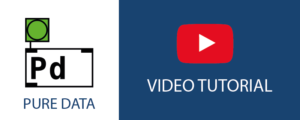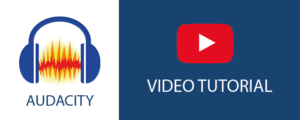The PDF material below is FREE and is intended to support the book (this book, soon in English).
Electronic Music Material in PDF for High School Music Technology courses, Music Conservatories, and my online and offline lessons.
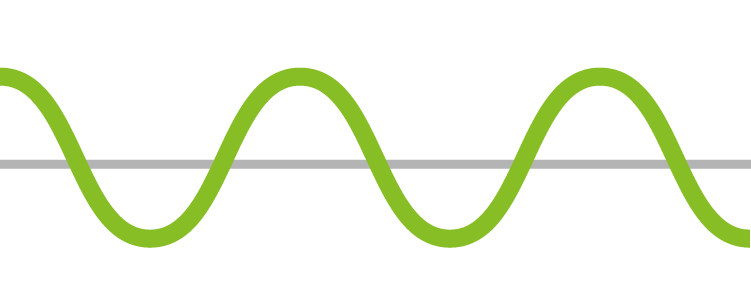
Acoustics and Psychoacoustics
In these chapters, we will give an overview of the physics of the sound event with all its characteristics. We will clarify the concepts of Frequency, Amplitude, and Phase of a wave and then talk about timbre and all its representations.
Sound 1 – Wave and period
Sound 2 – Frequency
Sound 3 – Amplitude
Sound 4 – Phase
Sound 5 – Timbre
![]() Sound Objects classification
Sound Objects classification
![]() Sounds examples
Sounds examples
Auditory system / Apparato uditivo (IT)

Electroacoustic systems
This section will discuss electroacoustic chains and all the machines that make them up, particularly microphones, mixers, pickups, speakers, and cables. We will also deal with digital chains, thus talking about computers, sound cards, monitors, and the mechanisms underlying the transduction of the signal from analog to digital and vice versa.
Electroacoustic systems – analog
![]() Microphones and Pickup
Microphones and Pickup
Electroacoustic systems – digital
Sampling and Quantization
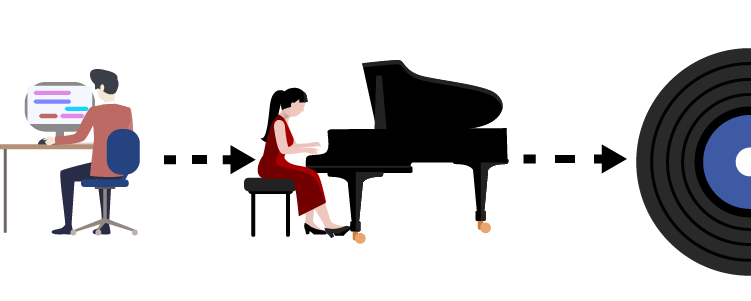
Composition/production
Some electroacoustic composition techniques.
IN ITALIAN:
Composizione elettroacustica
Sequenza Mixata e Mashup
Composizione Algoritmica (esempi con Ableton Live)
Paesaggio sonoro soundscape
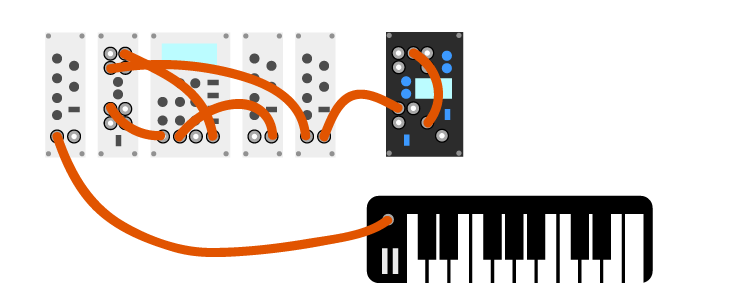
Sound synthesis
In this section, we will analyze the algorithms of the leading sound synthesis techniques with hints at the main hardware and software tools that use them. These are the covered techniques:
Additive synthesis
Subtractive synthesis
RM synthesis
AM synthesis
FM synthesis
Phase Distortion
Waveshaping
Physical modeling synthesis
Granular synthesis
Synthesis by sample
Wavetable synthesis
Sound synthesis ![]()
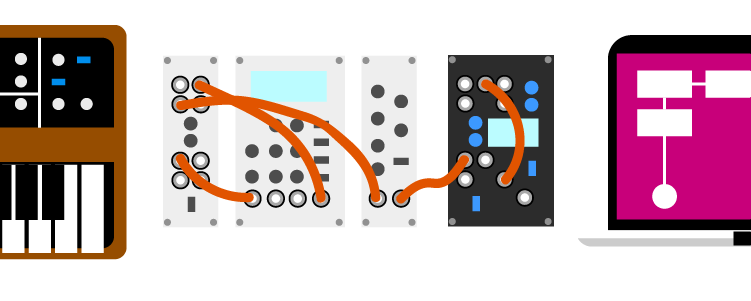
Electronic Music history
We will look at the history of electroacoustic music, starting with the first instruments for recording and reproducing sound, passing through the concrete music of the Paris school, the electronic music of the Cologne studio, and arriving at the Phonology studio of the RAI in Milan, which attempts to unite the two currents of thought. Finally, we will talk about digital music, new sound synthesis techniques, and spectralism up to the present day.
IN ITALIAN:
Storia 0 – I primi passi della musica elettronica
Storia 1 – Parigi
![]() Tabella classificazione oggetto sonoro
Tabella classificazione oggetto sonoro
![]() Suoni classificati
Suoni classificati
![]() De Natura Sonorum – Parmegiani
De Natura Sonorum – Parmegiani
Storia 2 – Colonia
![]() Analisi di Gesange der Junglinge – Stockhausen
Analisi di Gesange der Junglinge – Stockhausen
![]() Analisi di Concrete PH – Xenakis
Analisi di Concrete PH – Xenakis
Storia 3 – Milano
Storia 4 – USA, UK e Canada
Storia 5 – Computer Music
Storia 6 – Elettronica nella cultura pop
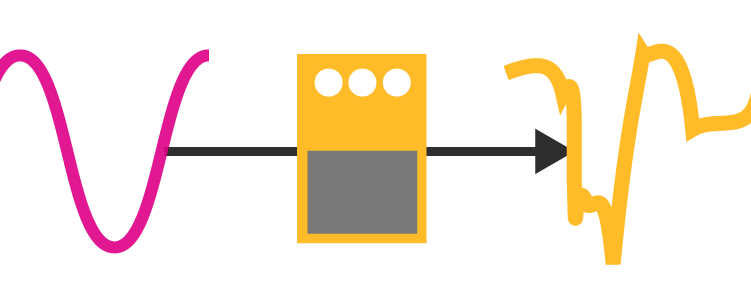
Sound processing
In this section we will discuss the sound processing systems.
Filters
Delay ![]()
Dynamic processors
Distortions ![]()
Reverb
Spatialization
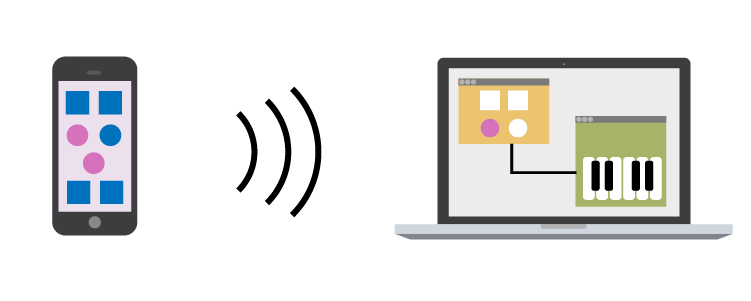
Communication protocols
We will address the main communication protocols that drive electronic instruments or effects: MIDI and OSC.
Communication protocols – MIDI and OSC
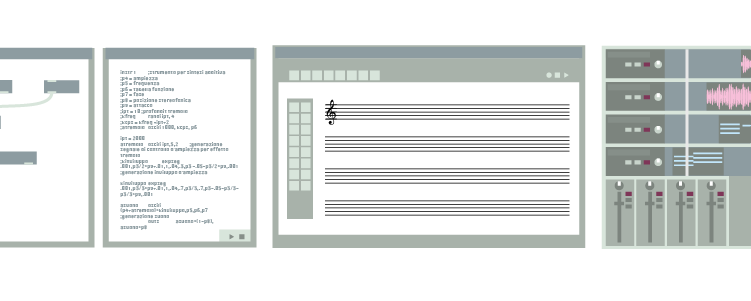
Electronic Music introduction
This section will describe some setups that use technologies to record, process, and generate music. We will discuss basic concepts such as sound synthesis, sound processing, real-time, and delayed time. Some concepts also in Music Analysis.
Music and Computer – Introduction
Music Analysis
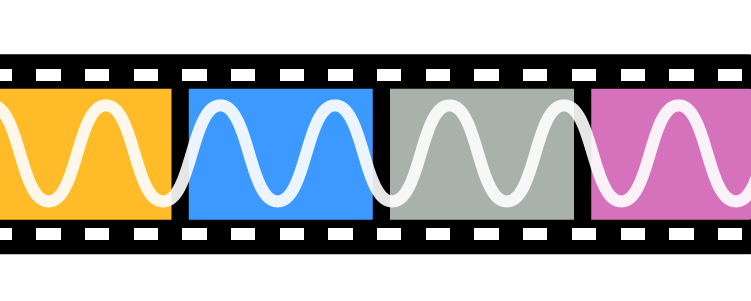
Video and Multimedia
In this section we will look at the main approaches to multimedia:
IN ITALIAN:
Audiovision / Audiovisione (IT)
SOFTWARE
Pure Data
Visual objects programming language. FREE and open source
Max
Visual object programming language by Cycling 74, also integrated in Ableton Live (max for live)



